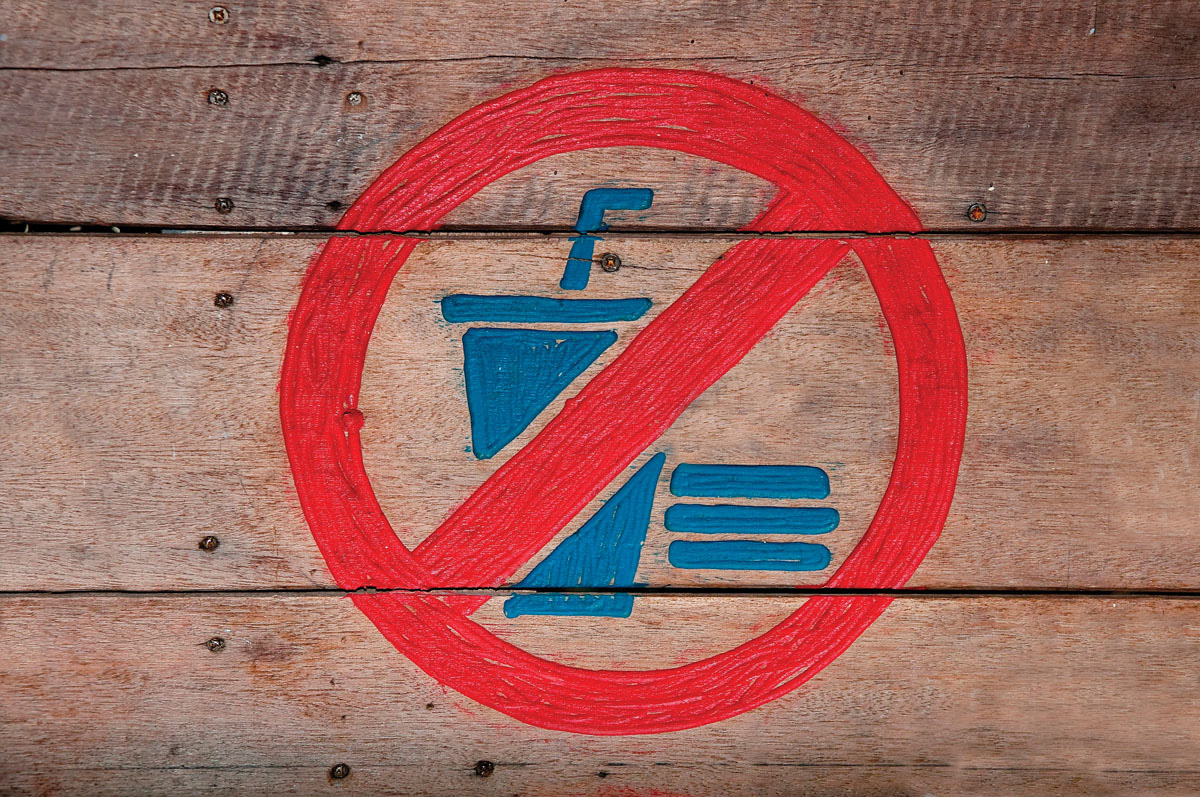 Baa Humbug
Baa Humbug
When it comes to carbon footprints, lamb is the least efficient food source out there. But in terms of impact, the real offender is even more common: Beef. It constitutes 30% of all meat eaten in the U.S., and clocks in at 27.1 kg of carbon dioxide for each kilo consumed. Cutting back on what you eat will help the environment and have a positive impact on your health. That’s because studies have shown a link between red meat consumption and premature death.
Tickled Pink
Shrimp are celebrated as a low-fat source of protein, but that isn’t the whole story. Large-scale commercial shrimp production, particularly in Asia, can involve some nasty chemicals and pesticides. When the FDA has inspected so-called “ready-to-eat” varieties, they’ve found 162 types of bacteria with resistance to 10 antibiotics. Wild caught are certainly less risky, but shrimp fishing kills up to 10 pounds of “waste” fish for every pound of shrimp harvested.
Yellow Fever
Okay, so they’re only bad for your health if you eat an excessive quantity — too much potassium can have some nasty consequences. But bananas can sometimes give diamonds a run for their money when it comes to shady politics, including links to Colombian terrorist organizations during the early 2000’s. They’re also the cause of widespread Latin American deforestation and heavy pesticide use. Opt for fair-trade to keep your fruit guilt-free and sustainable.
Sweet Thing
The not-good-for-you aspect of sugar isn’t a surprise to most — in fact, it’s been linked to obesity and diabetes as well as behavioral issues for as long as most can remember. It’s also not so great for the Earth. Sugar production is the cause of more loss of biodiversity than any other crop, according to the World Wildlife Federation. That includes damage to thousands of acres of our own backyard: The Everglades, which suffer from water loss to irrigation and fertilizer run-off.











